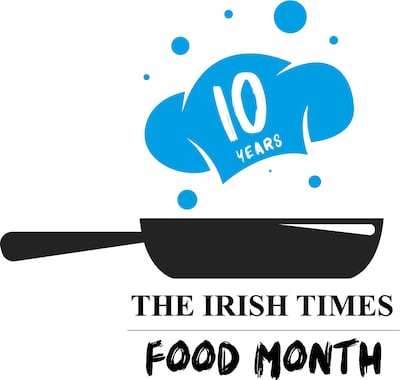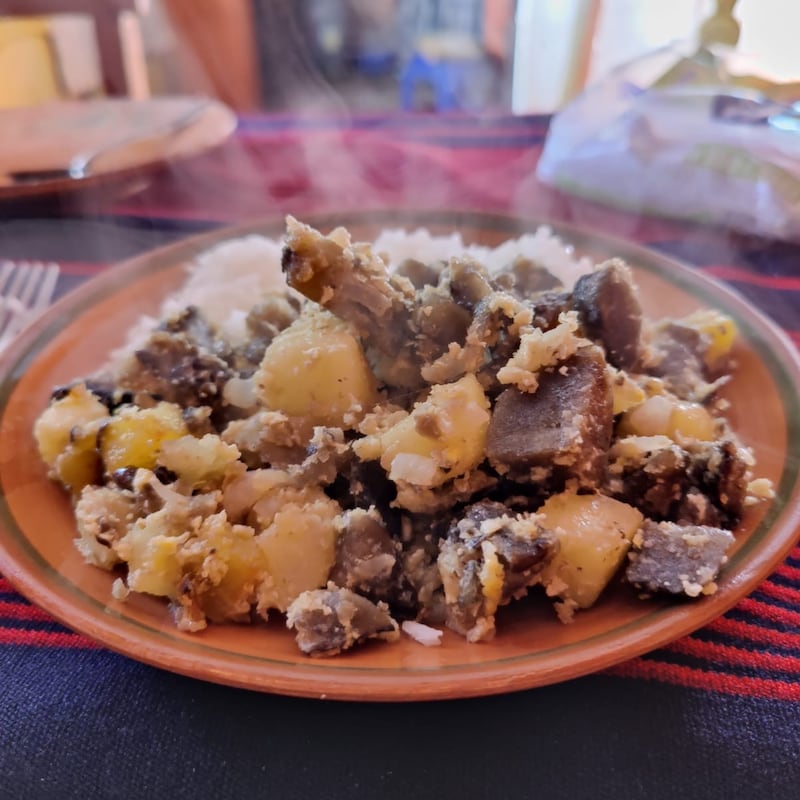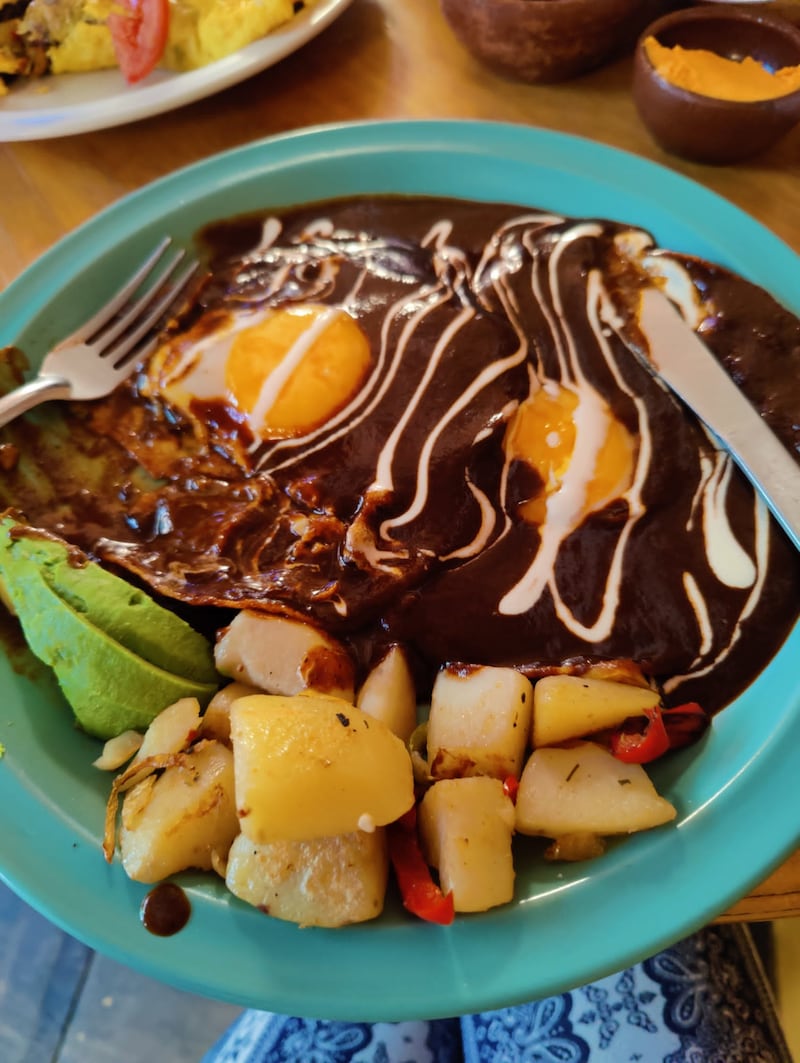From eating the most sensationally tasty dishes in Cambodia to suffering the same bland meal three times daily for four days in a South American village, we have had quite the culinary journey during our 10-month voyage around the world.

When we landed in Mexico we fell in love with the food and were amazed by how different it was from the from Mexican places in Ireland. You can get tacos, burritos and fajitas in Mexico, but the contents, style and taste are different. Unfortunately, Mexican food turned out to be the best we had in Latin America.
Throughout Central and South America the cuisine was dominated by rice, chicken, scrambled eggs, fried plantains and black or pinto beans. There were some exceptions, but we often ate in local places where there was barely a menu, and we caught on quickly that asking for rice, eggs and/or chicken was almost expected of us.
In Colombia things improved, and we did a cooking class that began with our teacher bringing in a basket of 15 kinds of edible fruit. The variety of foods we didn’t recognise was an eye-opener. We were shocked to find that guinea pig is a favoured dish in Ecuador. The hunter-gatherer tribes we stayed with in the Amazon ate all kinds of food, and our guide caught a piranha for us to eat while we were in a boat in the rainforest. He’d caught it within 45 seconds of throwing a line in the water.
From Baby Reindeer and The Traitors to Bodkin and The 2 Johnnies Late Night Lock In: The best and worst television of 2024
100 Years of Solitude review: A woozy, feverish watch to be savoured in bite-sized portions
How your mini travel shampoo is costing your pocket and the planet - here’s an alternative
My smear test dilemma: How do I confess that this is my first one, at the age of 41?
However, we saw adults coming home from a hunt empty-handed more than once. Their children let it be known that they were unimpressed, which was quite the contrast to the dinner-table battles familiar at home.
There was a big change when we got to the high-altitude ancient Inca capital of Cusco, in southern Peru. We were delighted to have arrived in the home of the potato. This is where it was first domesticated, 7,000 years ago, on the shores of Lake Titicaca. Having been raised on them, we joked about being in the holy land of food, as there are more than 4,000 types of potato in Peru.
We stayed with a local Quechua woman on the lake isle of Amantaní, in a house that would not have been out of place in Ireland in the 1950s. We explained how important potatoes were in Irish culture and history, and she served us a dinner with no fewer than six types, none of which we had seen before.
Centuries ago the Inca/Quechua people figured out how to preserve potatoes for five or even 10 years in case of crop failure, by freeze-drying and turning them into a substance called chuño. Ireland’s milder, wetter climate may have made this impossible at home, but it did make us wonder if our Famine would have been less devastating had we known about the technique.

Peru is also, famously, the home of quinoa, which has taken the health-conscious West by storm over the past 20 years after spending centuries as a food mostly eaten by poor farmers and disdained by the Peruvian white upper class. Several Peruvians told us that their country has many more barely-known but fantastic foods and that they are confident quinoa will not be the last one to go international.
Cambodia proved the biggest surprise when it came to food. Its cheap yet outstanding curries and beautiful dishes inspired us to do a Khmer cookery course, and it was sensational. Dish after dish we made was unforgettable
By the time we got to Bali in Indonesia, we were really missing Irish food. So many western immigrants live there, however, and the competition between restaurants is so high, that the standard of food is exceptional. Our thoughts of food from home soon vanished.

Malaysia proved to have the cheapest food, with fantastic fare from its large ethnic Chinese population.
In Hanoi we ate a lot of Vietnamese street food. As many locals freely admitted, Vietnamese culture has a broad interpretation of what is edible, and more than once we struggled to figure out if an establishment was a pet shop or a fishmonger.
Cambodia proved the biggest surprise when it came to food. Its cheap yet outstanding curries and beautiful dishes inspired us to do a Khmer cookery course. Dish after dish we made was unforgettable.
We plan on making them, and many other dishes from overseas, when we return. But only after we have had a taste of home.
Cónán Ó Broin, from Clondalkin, in Dublin, who is a former political director of the Labour Party, and Fiadh Ní Dhonnchadha, from Maynooth, in Co Kildare, who is a cartographer, have spent the past 10 months travelling through 17 countries, mostly in Latin America
If you live overseas and would like to share your experience with Irish Times Abroad, email abroad@irishtimes.com with a little information about you and what you do





